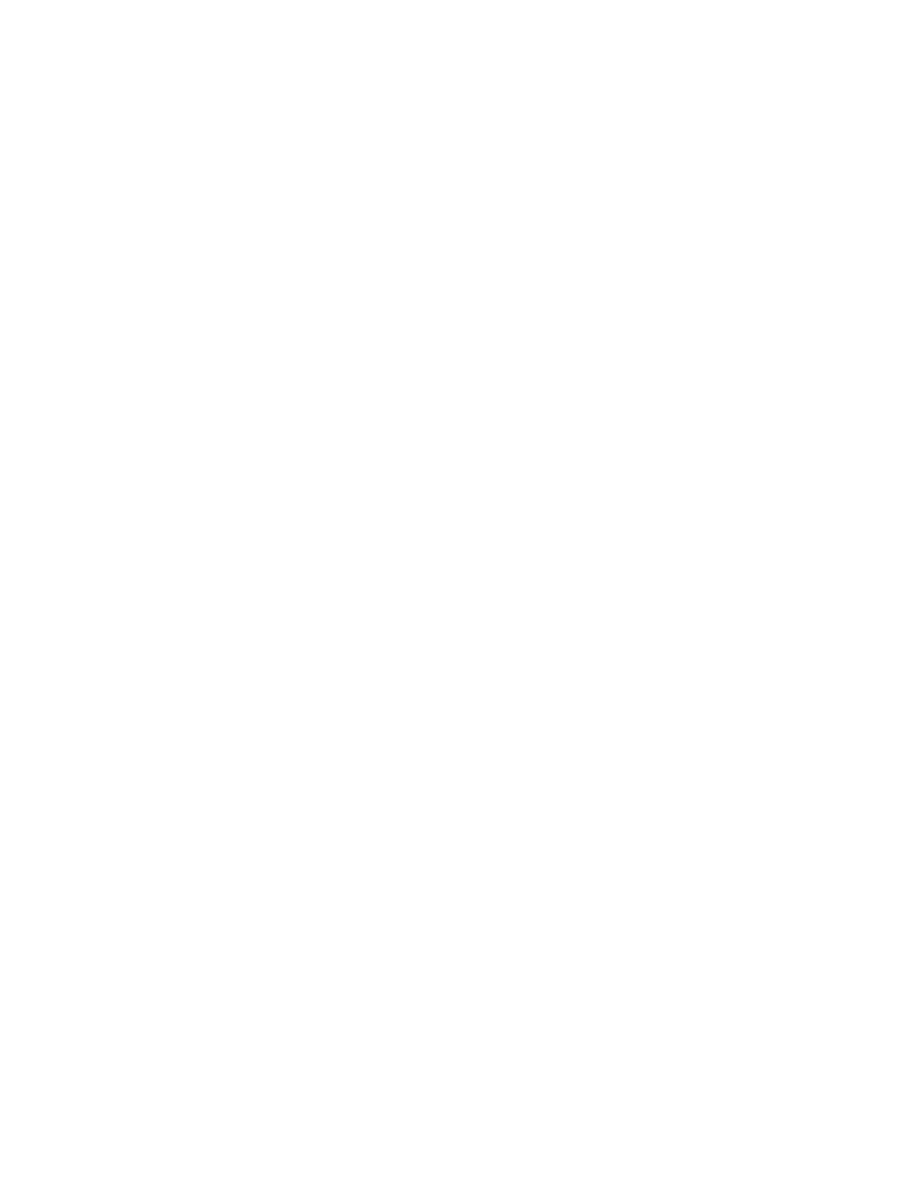Caravan AWD V6-201 3.3L (1991)

Fillpipe Restrictor: Description and Operation
FUEL HOSES
The hoses used on fuel injected models are of a special type and only hoses marked EFI/EFM may be used as replacements.
FUEL FITTINGS AND CLAMPS
Their are two ways that the fuel lines are attached to various fuel system components. The first way is with a rolled edge type clamp (the purpose of the
rolled edge is to prevent the clamp from cutting the fuel hoses).
The second type of fitting is called a Quick-Connect fuel fitting. These fittings consist of internal O-rings, a metal locking retainer, and a plastic release
collar to disconnect the fitting from the fuel tube.
NO-LEAD FILLER TUBE
All catalyst equipped models have a special filler tube. The filler tube also contains a deflector to prevent the addition of fuel by other than an unleaded
fuel nozzle. Labels are attached at the instrument panel and near the fuel door reading "unleaded fuel only" to remind the operator.
PRESSURE/VACUUM FILLER CAP
The loss of liquid fuel or vapor is prevented by using a filler cap which releases under 10.9 to 13.45 kPa (1.58 to 1.95 psi). Only caps with these
specifications may be used as replacements to maintain the integrity of the fuel system.
ROLL-OVER VALVE
All fuel tanks of the closed type use a roll-over valve mounted on the top of the fuel tank. The roll-over valve prevents fuel flow to the evaporative loss
canister. In addition to the roll-over valve there is a one way check valve mounted on the fuel return line, in the tank, which prevents fuel from backing
up into the return line from the tank. Under loss of fuel pressure conditions, or conditions such as roll-over where tank pressure may exceed fuel return
pressure, the check valve closes, preventing fuel loss from tank.
